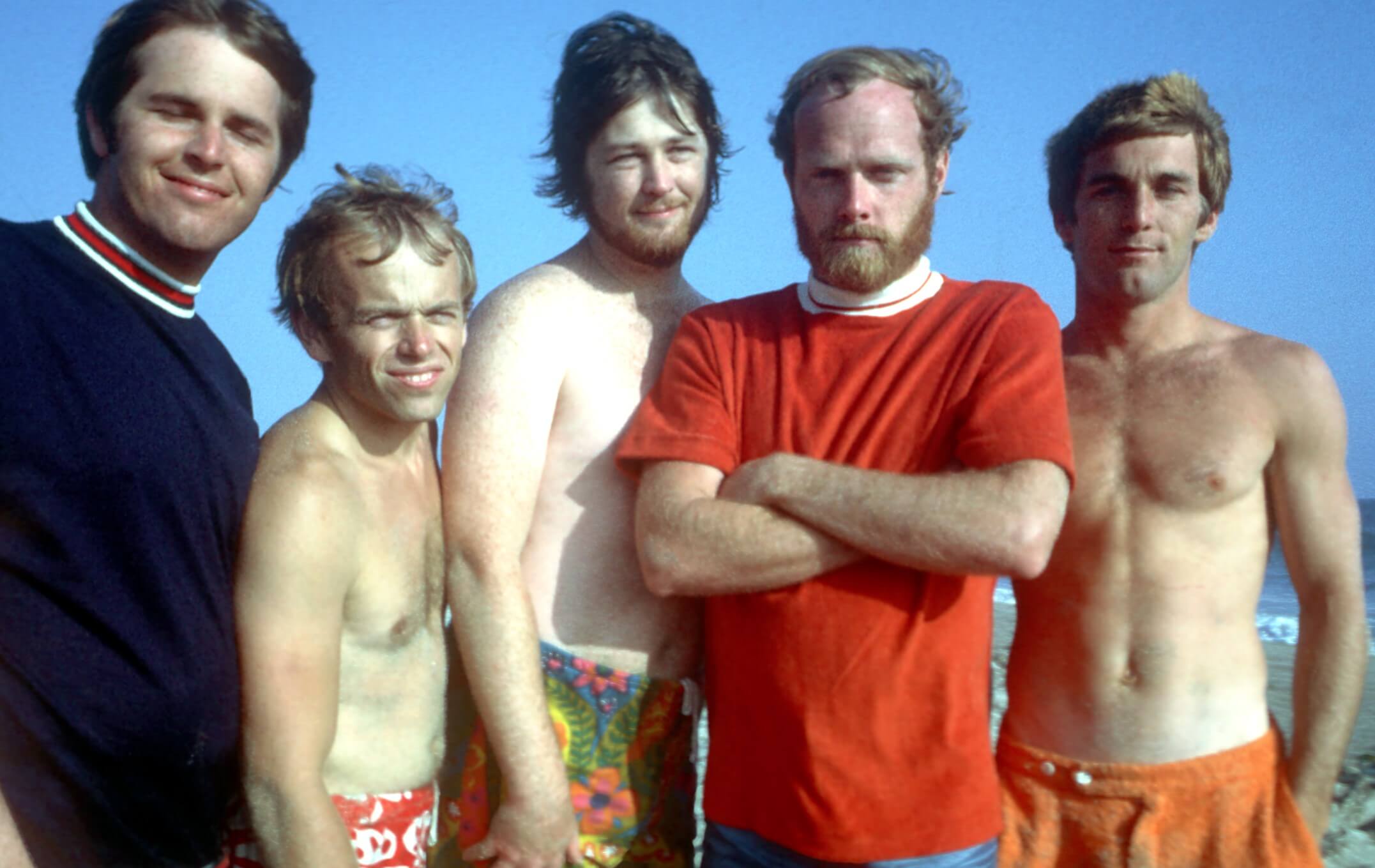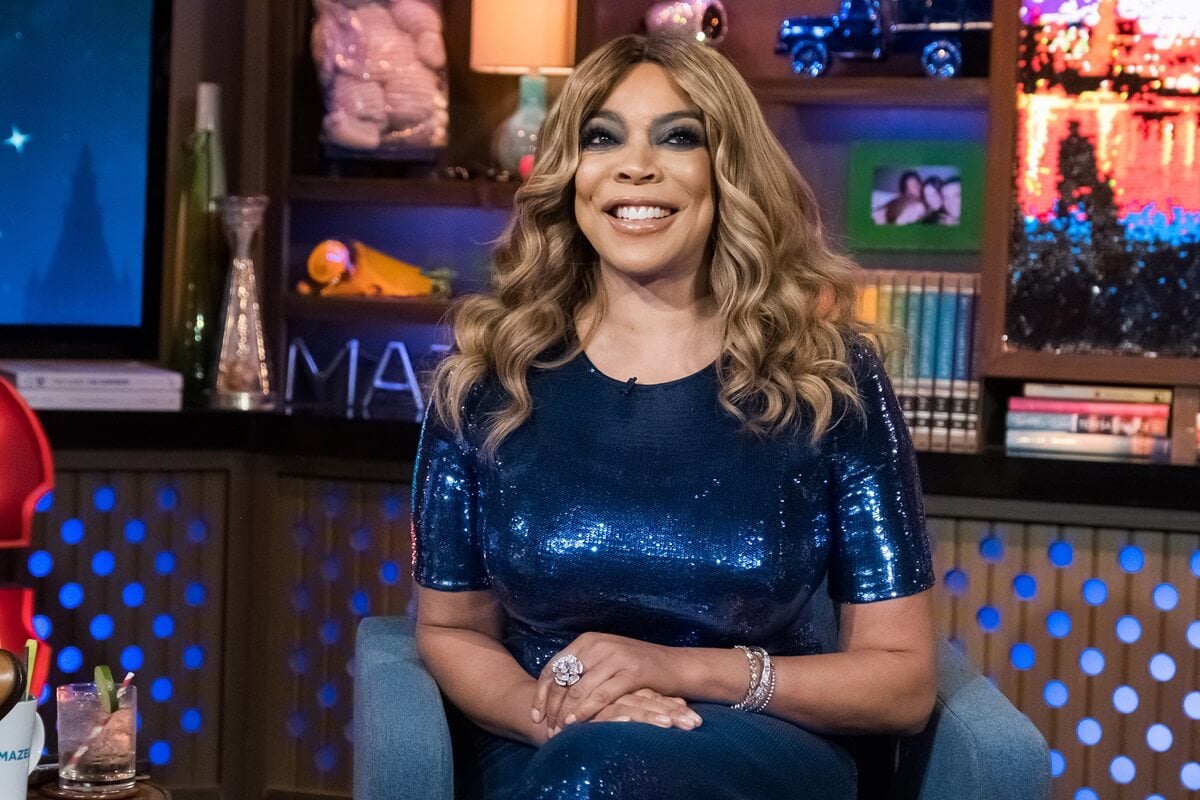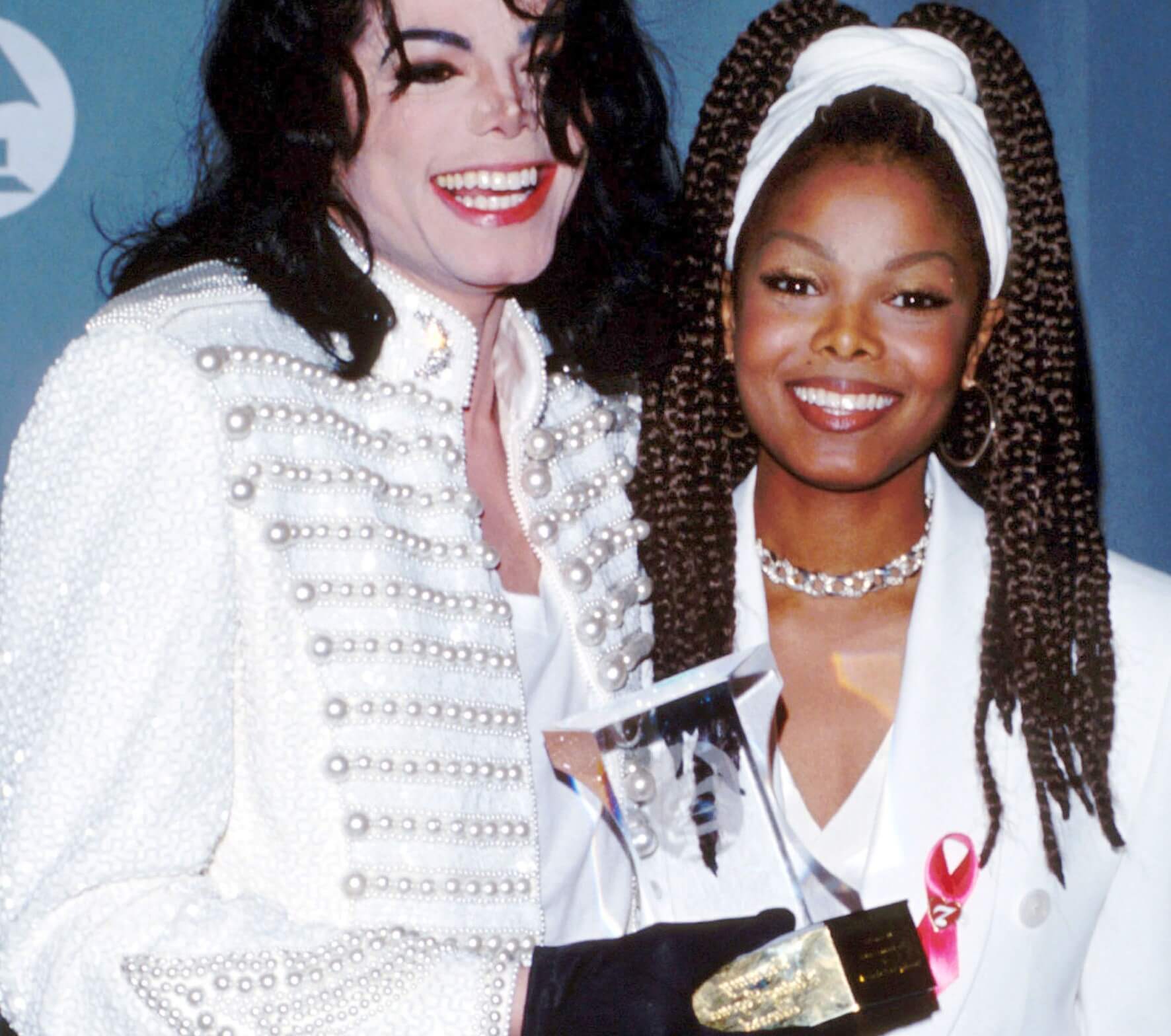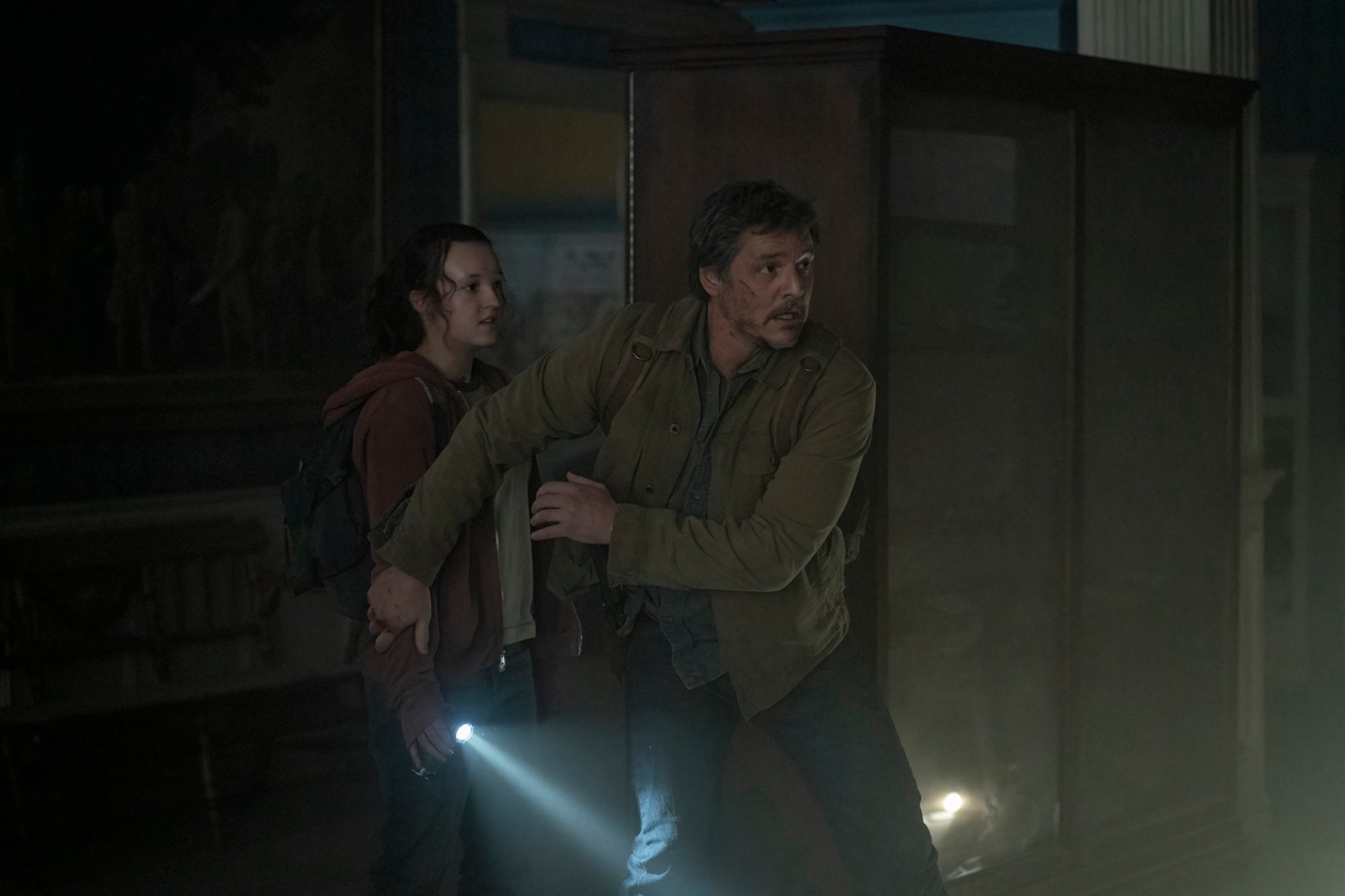
‘The Last of Us’ Opening Stirs Controversy – Is It Too Soon for Pandemic Themes?
HBO‘s The Last of Us Season 1 Episode 1 establishes within its very first few minutes that it plans to use the video game as a launching pad. It still embraces the source material’s overall narrative and tone, but it strengthens its characters and themes with additional material to chew on. The opening scene of The Last of Us caused some controversy on social media, questioning if the show’s similarities to the coronavirus (COVID-19) pandemic are a bit too soon.
‘The Last of Us’ Season 1 Episode 1 begins with pandemic discourse
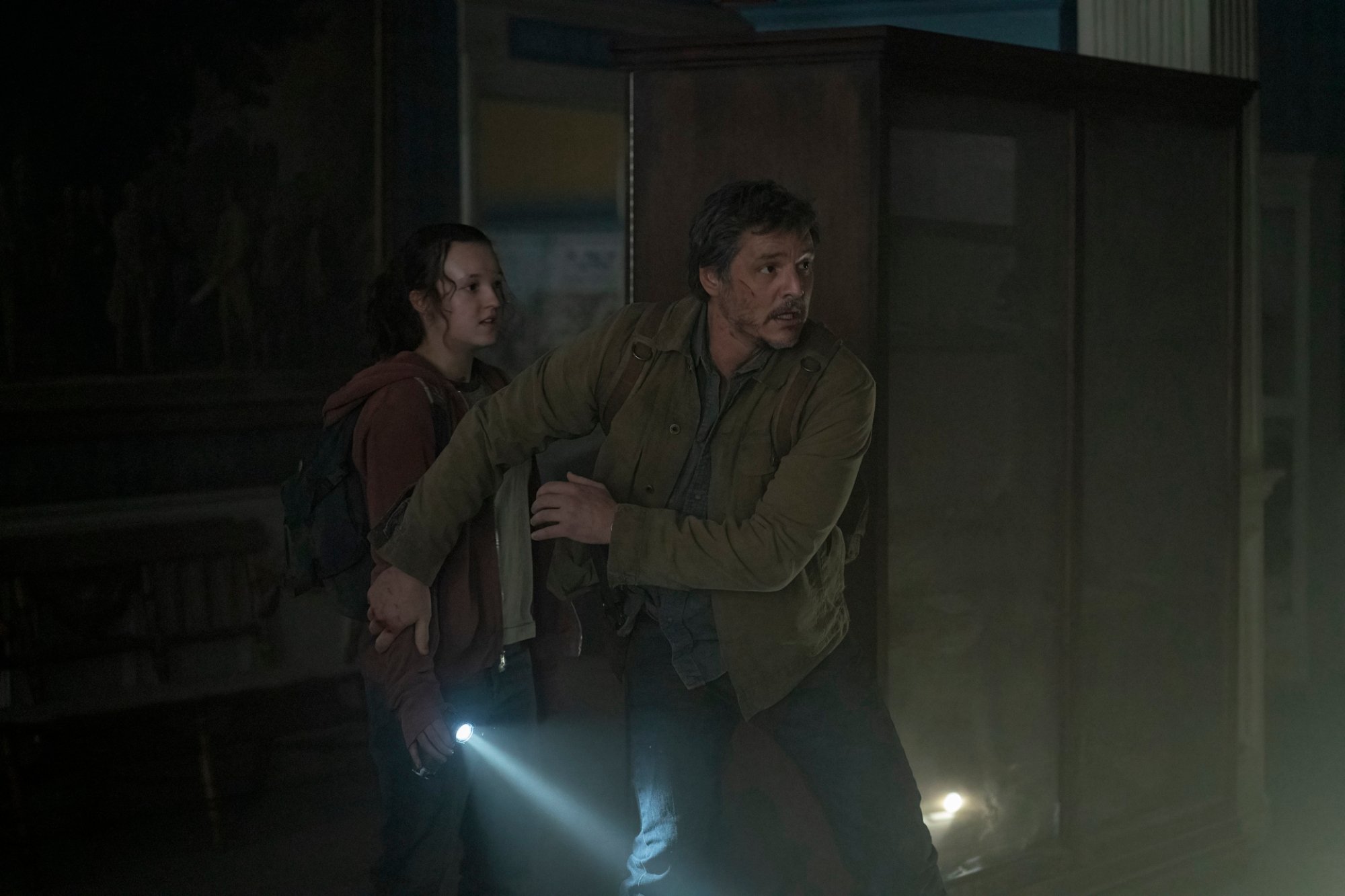
The first episode of The Last of Us Season 1 kicks off decades before the events that take place in the present day. In 1968, a sort of prologue takes place in the form of a television talk show. Dr. Neuman (John Hannah) talks about how pandemics work, but that it isn’t the bacteria or seasonal viruses that the public should fear. Rather, a deadly fungus that has the potential to end humanity is on the horizon. It might not currently be able to survive within a human host, but climate change has the potential to change that.
The Last of Us jumps to 2003 Austin, Texas, where we meet Joel (Pedro Pascal) and his daughter, Sarah (Nico Parker). The deadly outbreak talked about years prior finally takes place, sending the world into total destruction. Another 20 years later, Joel crosses paths with Ellie (Bella Ramsey), setting both of their lives on a path that will change their lives forever.
Social media questions if its too soon for a pandemic television show
The Last of Us scene quickly generated controversy on social media regarding the coronavirus pandemic that started in 2020. Zombie outbreaks and other contagion stories aren’t quite as welcomed by all audiences in this modern age where the pandemic continues to loom over society. Video game players knew what they were getting themselves into, but more casual viewers tuning in didn’t entirely know that it was going in that direction until they sat down to watch it.
“Not The Last of Us being about a pandemic,” one Twitter user wrote. They followed up their text with several crying emojis. Meanwhile, some other audiences took the subject matter a bit more personally.
“The way The Last of Us HBO starts was incredibly unnecessary,” another commenter wrote. “What exactly did that 1968 segment add to the show other than foreshadowing and making explicit references to [the] COVID pandemic?”
The story is told in a non-linear fashion that jumps between time periods to tell narratives during the outbreak and in the present day. It increasingly becomes more about the characters, which is enough to pull some audiences away from the pandemic similarities throughout The Last of Us.
Despite the controversy, ‘The Last of Us’ successfully adapts the game
The Last of Us pandemic controversy doesn’t bother the critics as much as it did some audiences. The Rotten Tomatoes Tomato-meter is currently sitting at a 99% “Fresh” rating for its first season. Meanwhile, the audience score is hanging around a healthy 96%.
“Retaining the most addictive aspects of its beloved source material while digging deeper into the story, The Last of Us is binge-worthy TV that ranks among the all-time greatest video game adaptations,” the critics consensus reads.
The first season runs nine episodes long, giving audiences plenty of post-apocalyptic content to dig their teeth into. Only time will tell if audiences are able to shake their negative feelings toward how The Last of Us approached its pandemic-related themes in its first episode.
